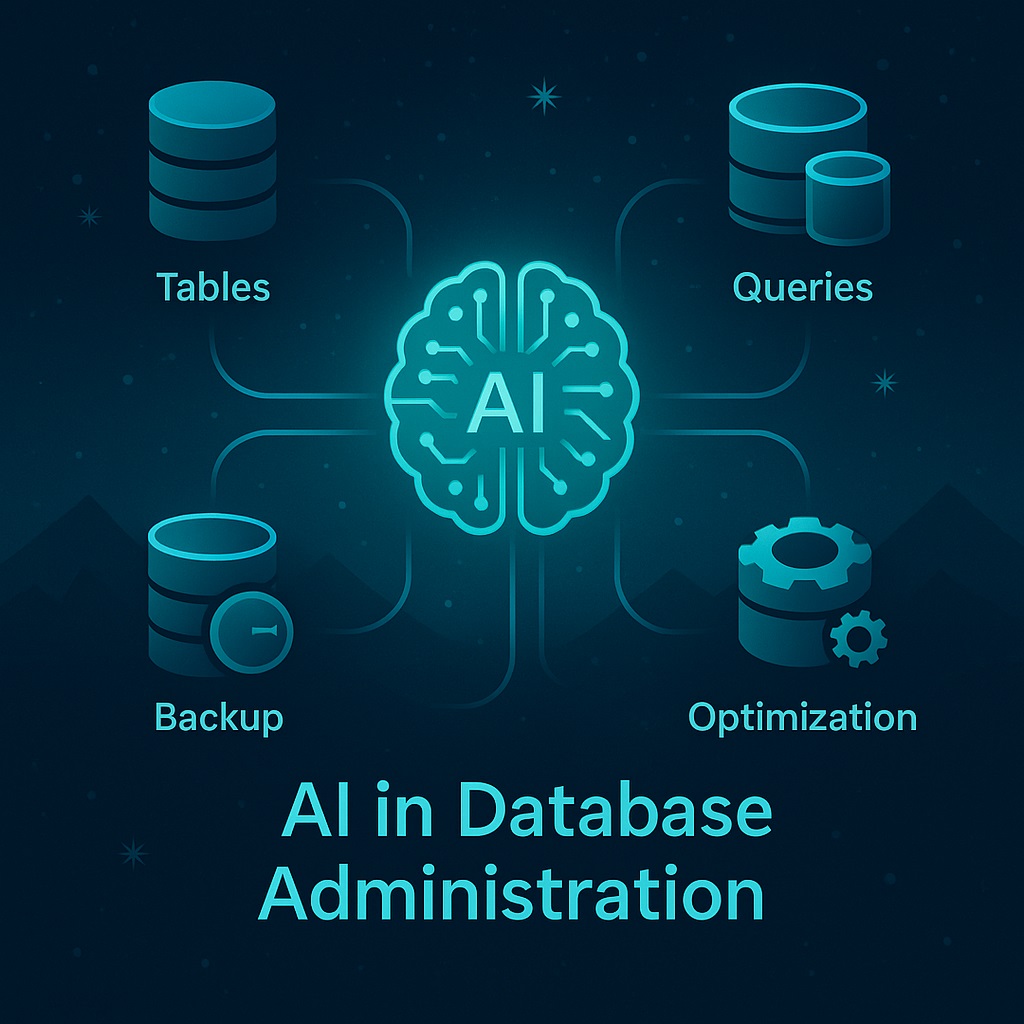Are you tired of your employees not meeting their targets? Do you struggle to measure the performance of your team accurately? A performance management system might just be what your organization needs! In today's competitive world, it is essential to have a thriving workforce. And that's where a performance management system comes in. This blog post will guide you through everything you need to know about this powerful tool, including how it works and its benefits. So buckle up, and let's dive into the world of performance management systems!
What is performance management system
A performance management system is a tool that organizations use to measure and improve their employees' productivity, efficiency, and overall effectiveness. It involves setting clear objectives for individual employees or teams and tracking their progress towards achieving those goals over time. Performance management systems typically include regular check-ins between managers and employees to discuss progress, provide feedback, set new targets, and identify any areas where additional support may be needed.
Performance management systems can take many different forms depending on the organization's needs. Some companies use software platforms that automate the process of setting objectives, tracking progress and providing feedback. Others rely on more traditional methods such as paper-based evaluations or in-person meetings between managers and employees.
The key benefit of a performance management system is its ability to help organizations align employee activities with business objectives by ensuring everyone has specific goals to work towards. By monitoring employee performance regularly through this system can lead to better engagement levels among staff members since they understand what is expected from them in terms of output/results which will ultimately translate into improved organizational results as well
How does it work
Performance management system is a tool that helps organizations monitor, evaluate and improve the overall performance of their employees. It works by setting up clear goals and objectives for each employee, outlining expectations and providing regular feedback on progress.
The first step in implementing a performance management system is to establish measurable goals that align with the organization's mission statement. Once these goals have been set, managers can work with employees to create action plans to achieve them.
Regular check-ins are then scheduled between managers and employees to discuss progress towards these goals, identify areas for improvement and provide support where necessary. This ongoing communication ensures that both parties are aware of what needs to be done in order to meet targets.
In addition, performance reviews are conducted periodically throughout the year which allow managers to assess individual employee contributions against established criteria. These reviews not only help identify top performers but also pinpoint those who may require additional training or support.
A well-designed performance management system can greatly benefit an organization by improving employee engagement levels while simultaneously increasing productivity levels across all departments.
How to implement it
Implementing a performance management system is crucial to the success of any organization. Here are some steps you can take to ensure a successful implementation:
Firstly, define your goals and objectives clearly. This will help you select metrics that align with your organizational goals.
Next, communicate the importance of the performance management system to all employees involved in the process. This includes managers who will be evaluating employee performance as well as employees who will be subject to evaluation.
Thirdly, establish a clear feedback mechanism for both managers and employees. This could involve regular check-ins or meetings to discuss progress towards goals.
Fourthly, train all stakeholders on how to use the system effectively. Providing training resources such as manuals or videos can help ensure everyone is on board and understands how it works.
Regularly evaluate and refine your performance management system based on its effectiveness in achieving organizational goals and employee satisfaction levels.
By following these steps, organizations can successfully implement a performance management system that positively impacts their bottom line while improving employee engagement and productivity levels.
Benefits of using a performance management system
There are numerous benefits of using a performance management system in an organization. Firstly, it helps to align individual goals with organizational objectives, ensuring everyone is working towards the same goal. This leads to improved communication and collaboration between employees.
Secondly, a performance management system provides regular feedback on employee performance, highlighting areas that need improvement and recognizing strengths. This leads to increased motivation and job satisfaction among employees as they feel valued for their contributions.
Thirdly, it aids in identifying high-potential employees who can be groomed for leadership positions or given additional responsibilities. It also assists in identifying low performers who may require additional training or coaching.
Fourthly, having a structured process for evaluating employee performance can help prevent discrimination and bias when making decisions related to promotions or salary increases.
Implementing a performance management system demonstrates the organization's commitment towards employee development and growth which can lead to higher retention rates and better overall engagement levels.
Incorporating a performance management system into your organization can have significant positive impacts on both individual employees as well as the company as a whole.
Conclusion
To sum up, Performance Management System is a vital tool for any organization that wishes to manage its employees effectively. It helps to maintain consistency in the performance of workers and enables them to achieve their targets efficiently. The system also provides a platform for open communication between management and staff, which fosters healthy work relationships.
Implementation of the Performance Management System may seem daunting at first, but with proper planning and execution, companies can reap its benefits in no time. Organizations should ensure they tailor the system's design to meet their specific business needs while keeping an eye on industry trends.
Implementing a well-designed Performance Management System improves employee productivity and job satisfaction levels while enabling businesses to track progress towards achieving corporate objectives. Companies stand to gain significantly from utilizing such systems as it positively impacts overall organizational performance.



